You’re the house with the pool. A backyard oasis where friends and family gather, where you soak in the sunshine, and where memories are made.
But being a pool owner involves more than just maintaining pH levels and hosting summer parties. Due to nationwide codes, every pool must be surrounded by a fence that follows specific guidelines.
You might have heard these regulations referred to as “BOCA pool code,” because Building Officials and Code Administrators (BOCA) was the first organization to create these standards. Now the codes are managed by the International Code Council (ICC), with the same intention of implementing safety barriers around pools to prevent drowning and other harmful incidents.
Pool Code Fence Standards
- At least 48” tall
- Less than 2” gap between ground and bottom of fence
- No openings larger than 4” (between pickets, etc.)
- At least 36″ from any structure that could be used to climb over fence
- Set back at least 20” from the water’s edge of the pool
- Lockable, self-latching and self-closing gates
Additional regulations may apply if your pool is above ground, or if you’d like to use certain materials like chain link. Regulations can also vary by township, county, and state, as is typical with other fence projects. Contacting your township’s zoning office is the best way to learn more about the specific rules for your area and your property.
While the intricacies of fence code may feel like a hassle, Integrous Fences and Decks can help you explore fencing options that not only meet regulations but also boost the aesthetic appeal of your pool area. As long as fences meet requirements related to height, openings, and location, you have freedom to use many different materials and styles.
Wood and Wire Pool Fence
For instance, at this pool fence project in the Malvern, Pennsylvania, area, the owner opted for post and board fencing with black, vinyl-coated wire mesh. The wood materials–including pressure-treated posts and red cedar rails–reinforces the natural ambiance in this earth-toned backyard, while the mesh creates a necessary but subtle barrier. The fence meets code with its 4-foot height, mesh extending to the ground, and self-latching gates.
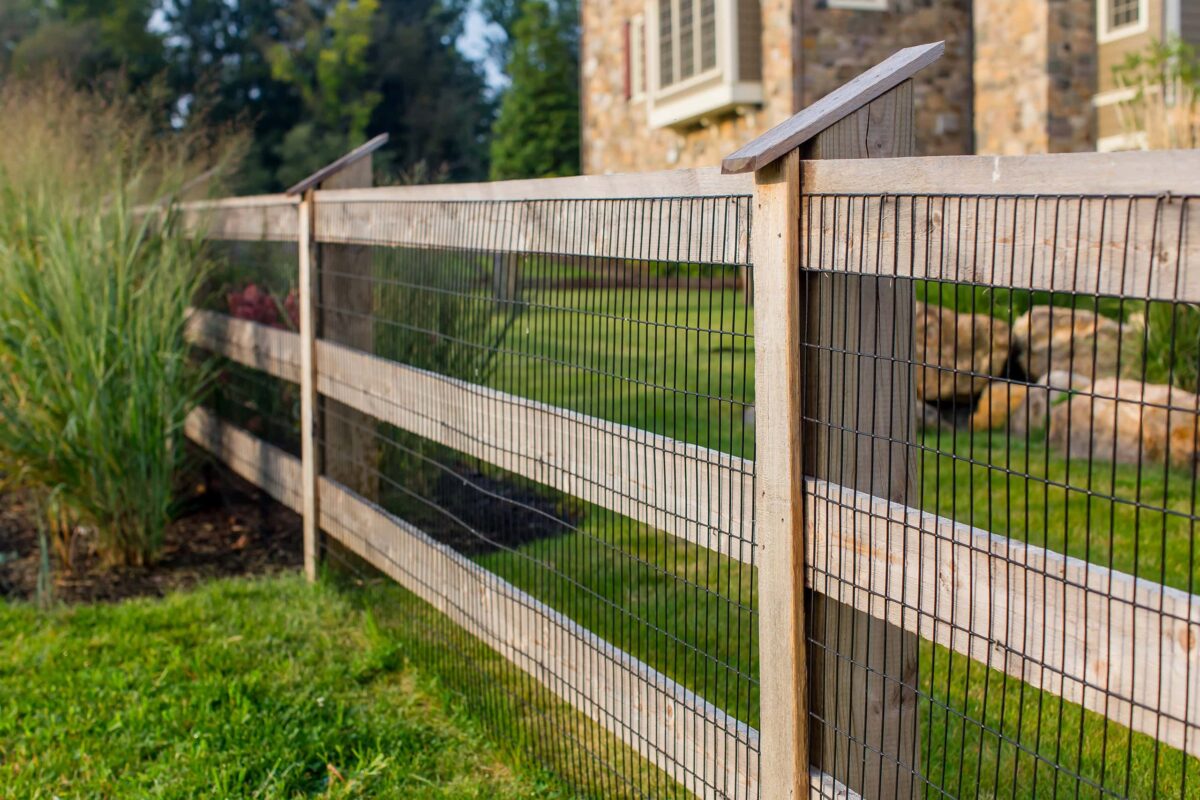
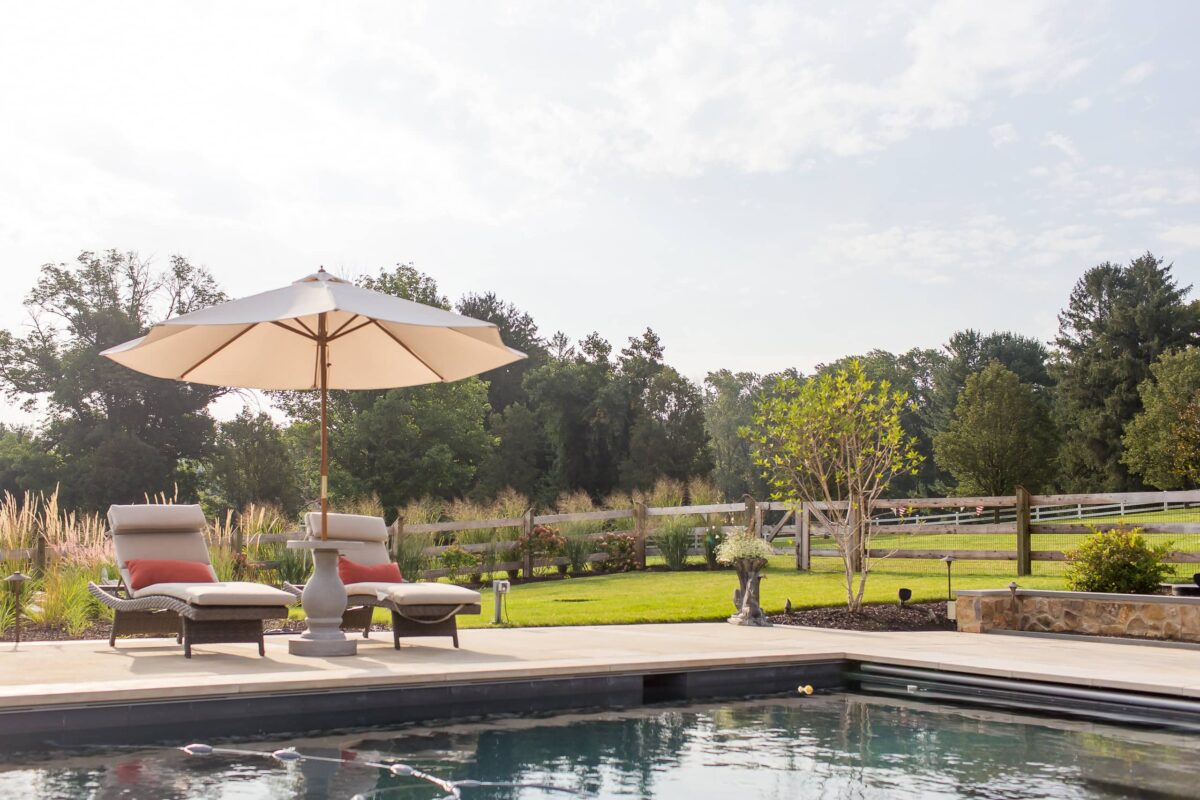

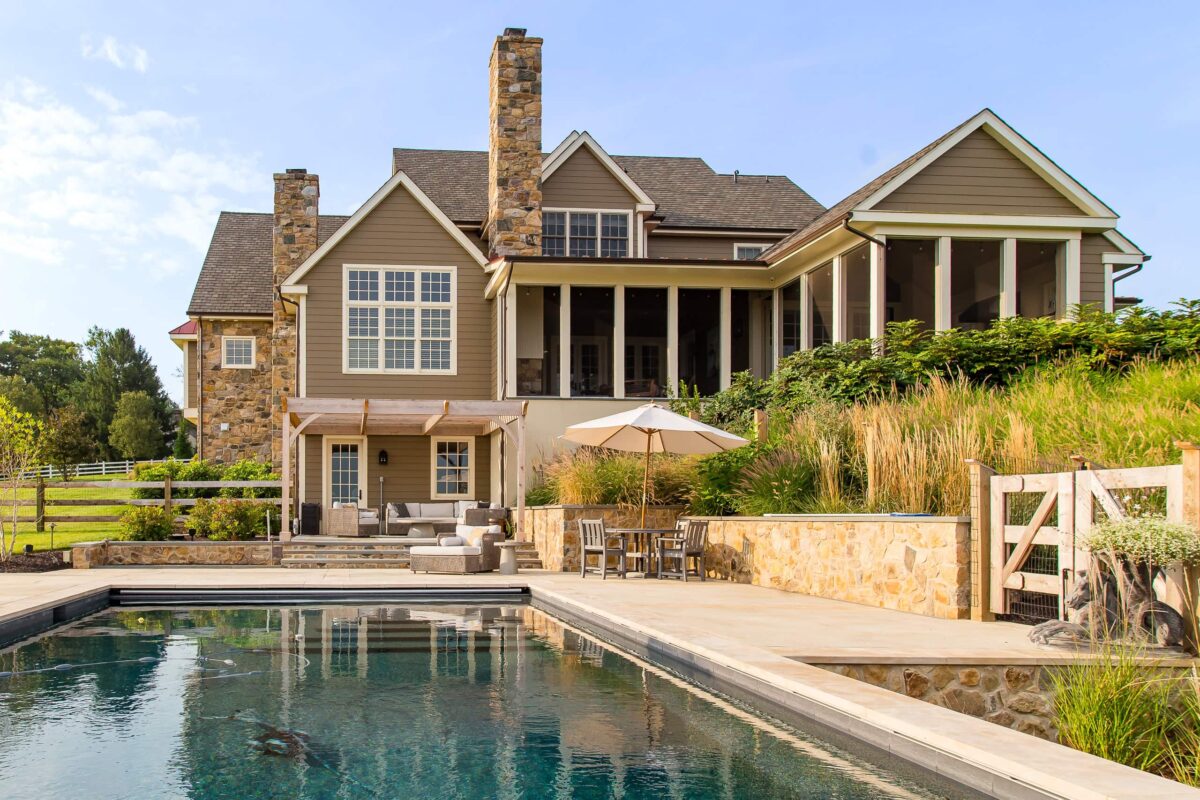
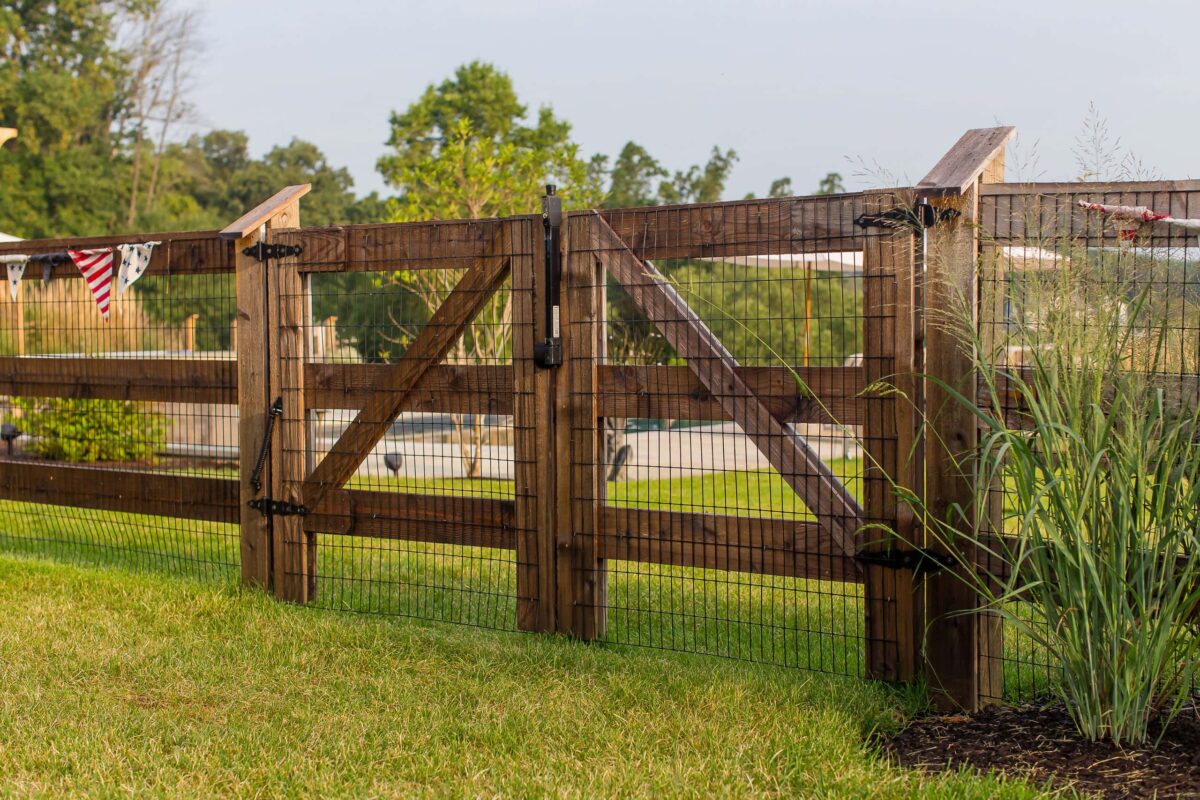
Aluminum and Wood Pool Fence
Another way to mix materials is through distinct sections, pictured in this pool barrier we installed in southern Lancaster County, Pennsylvania. Red cedar, solid board privacy fencing surrounds the pool equipment, while black aluminum fencing with an accent top completes the barrier–all at a 4-foot height as required by code. While most wood can serve as a great pool fence, red cedar is a favorite due to its moisture resistance quality. The addition of aluminum allows for more visibility and highlights the pool as the focal point of the backyard.
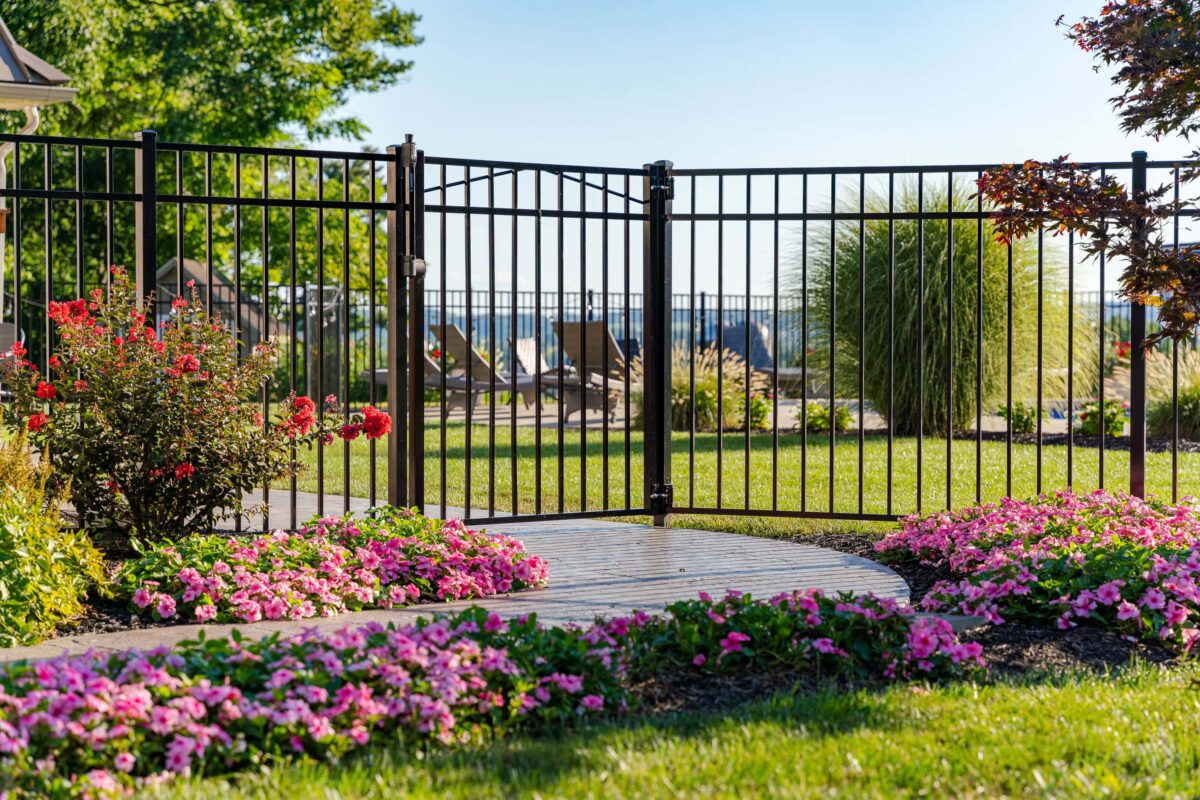

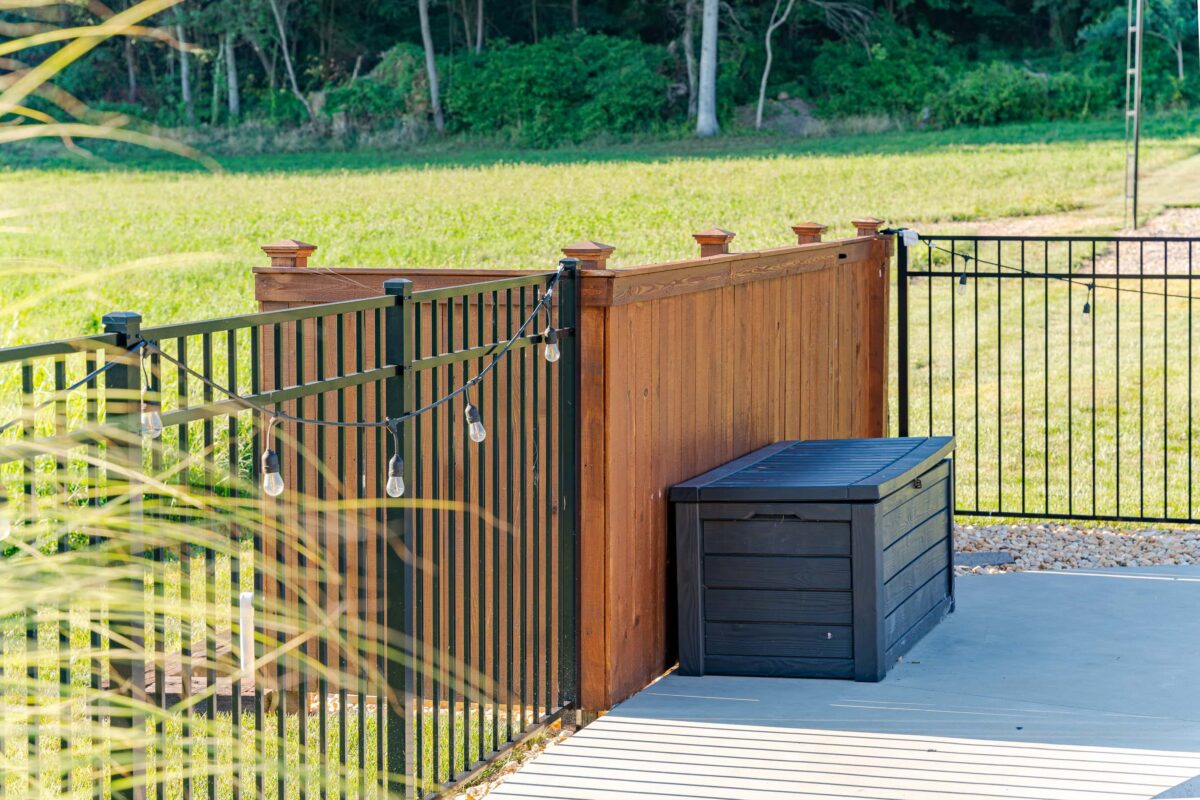
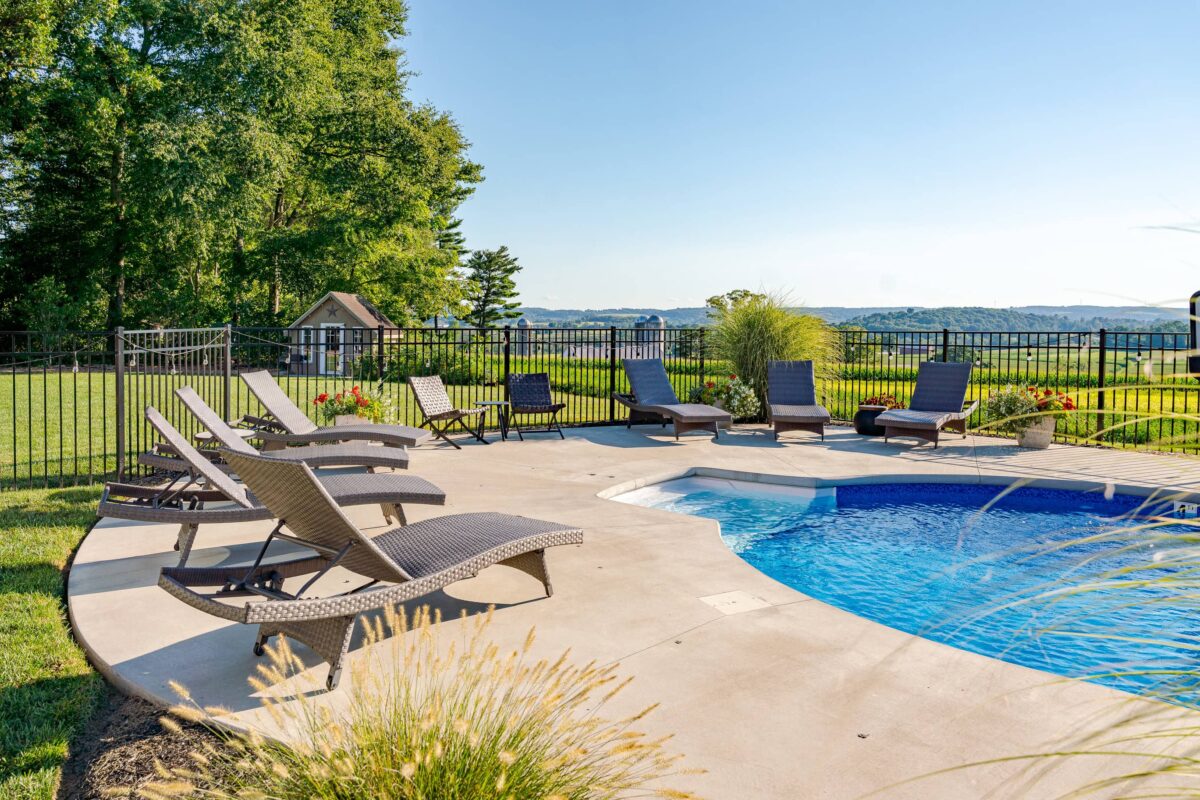

Vinyl Pool Fence
Vinyl pool fencing is a great option for durability, and our vendors offer a wide variety of colors and stylistic options. At this property in Lancaster, Pennsylvania, our customer selected a brown vinyl that mimics wood tones. Choose between horizontal or vertical picket styles, the latter of which is featured in this fence with a tight spacing to align with pool code. And add visual interest through additions like these decorative New England post caps.
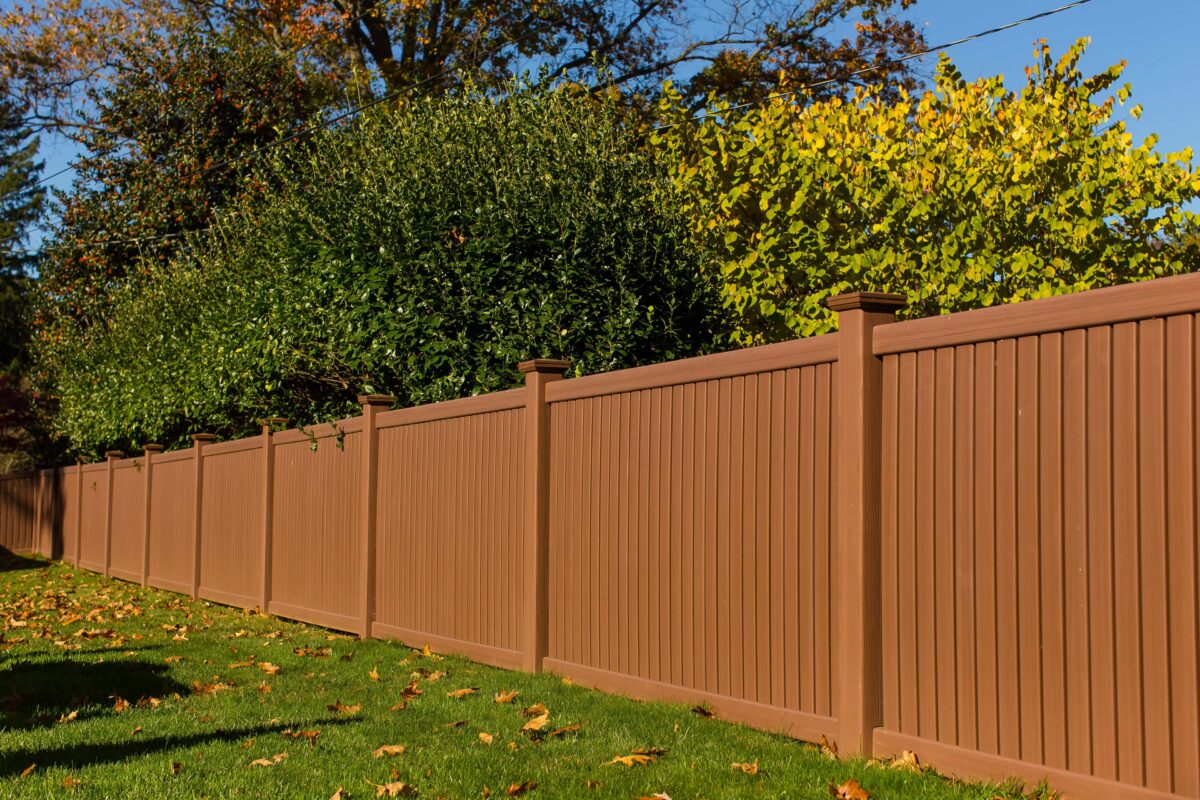
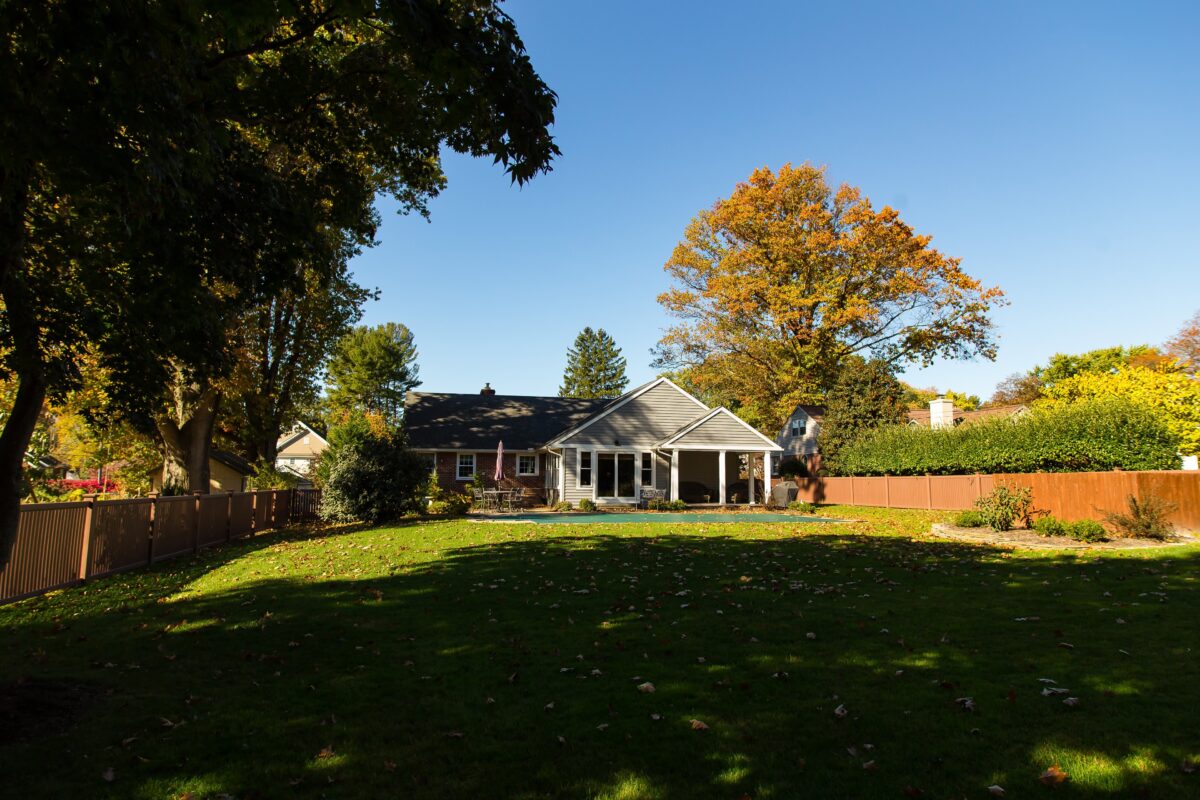
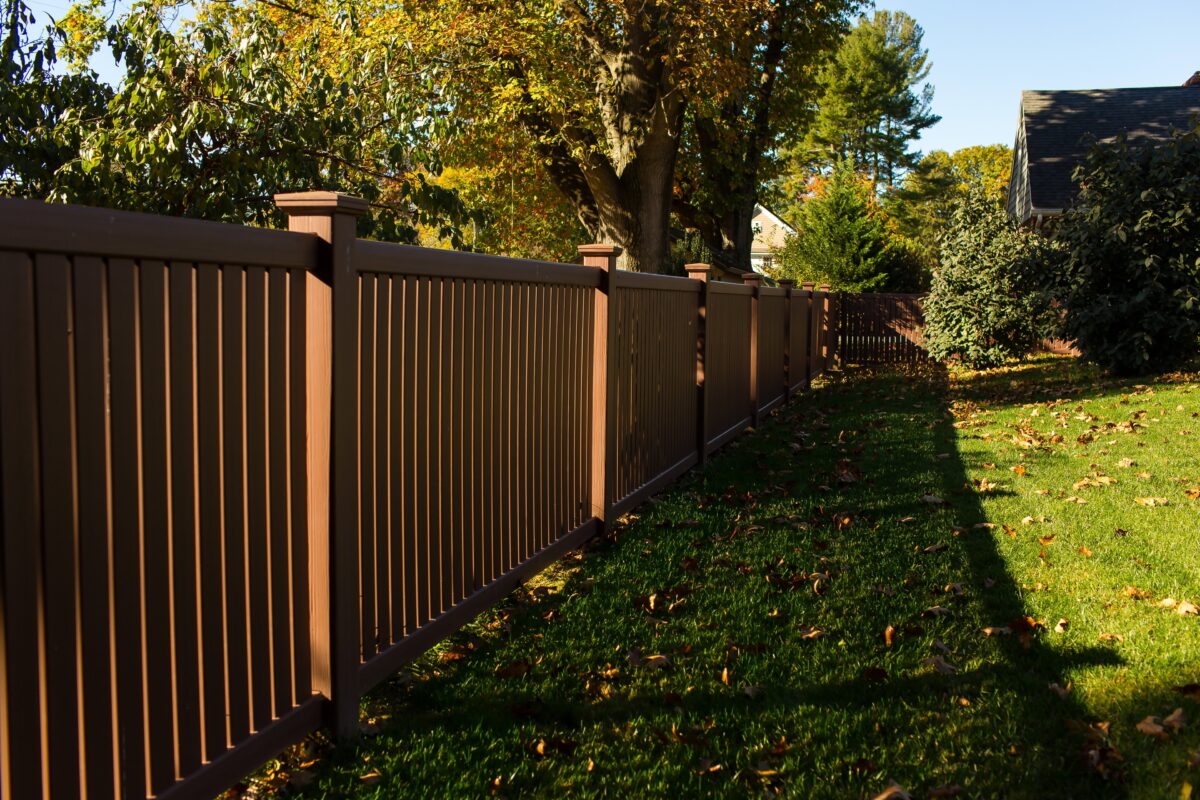
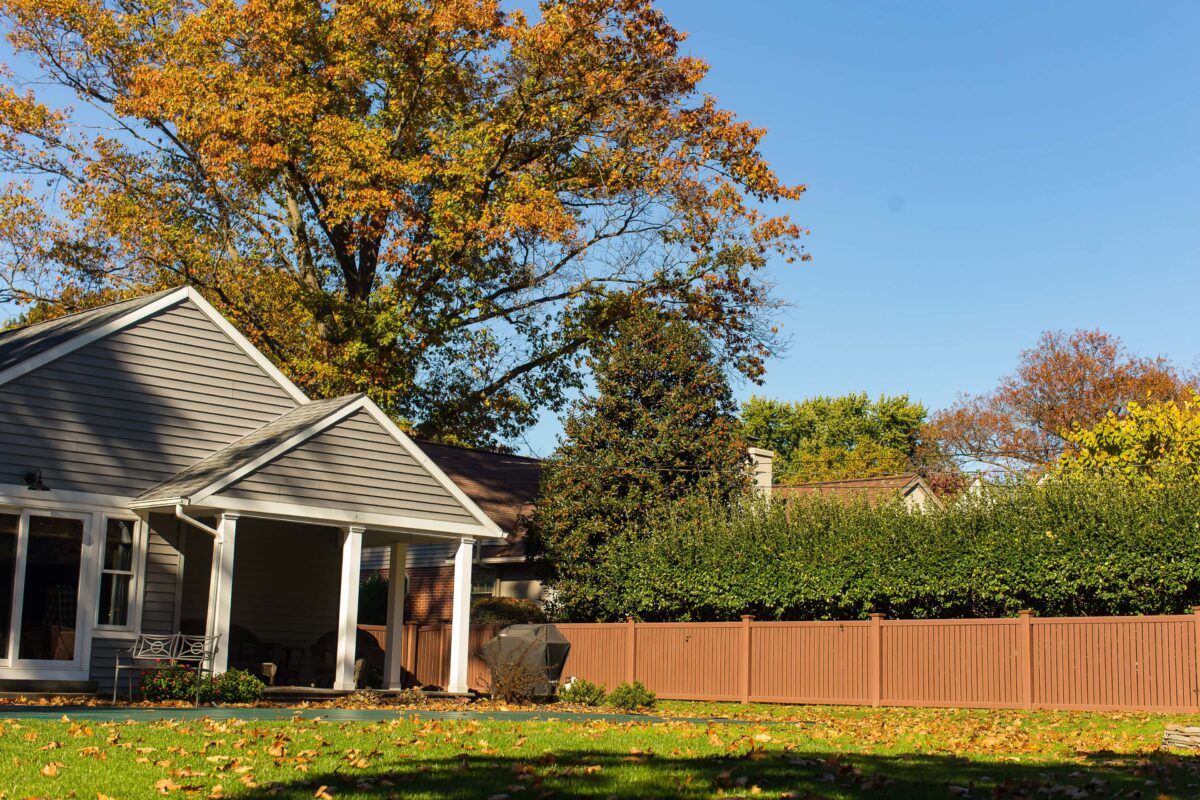
Whatever your vision for your pool fence, we can help you explore what is possible. Our experienced team has navigated code requirements across Pennsylvania, Delaware, Maryland, and New Jersey, and we can ensure that your fence follows regulations–while still maintaining the beauty, elegance, and calm you love about your backyard pool.

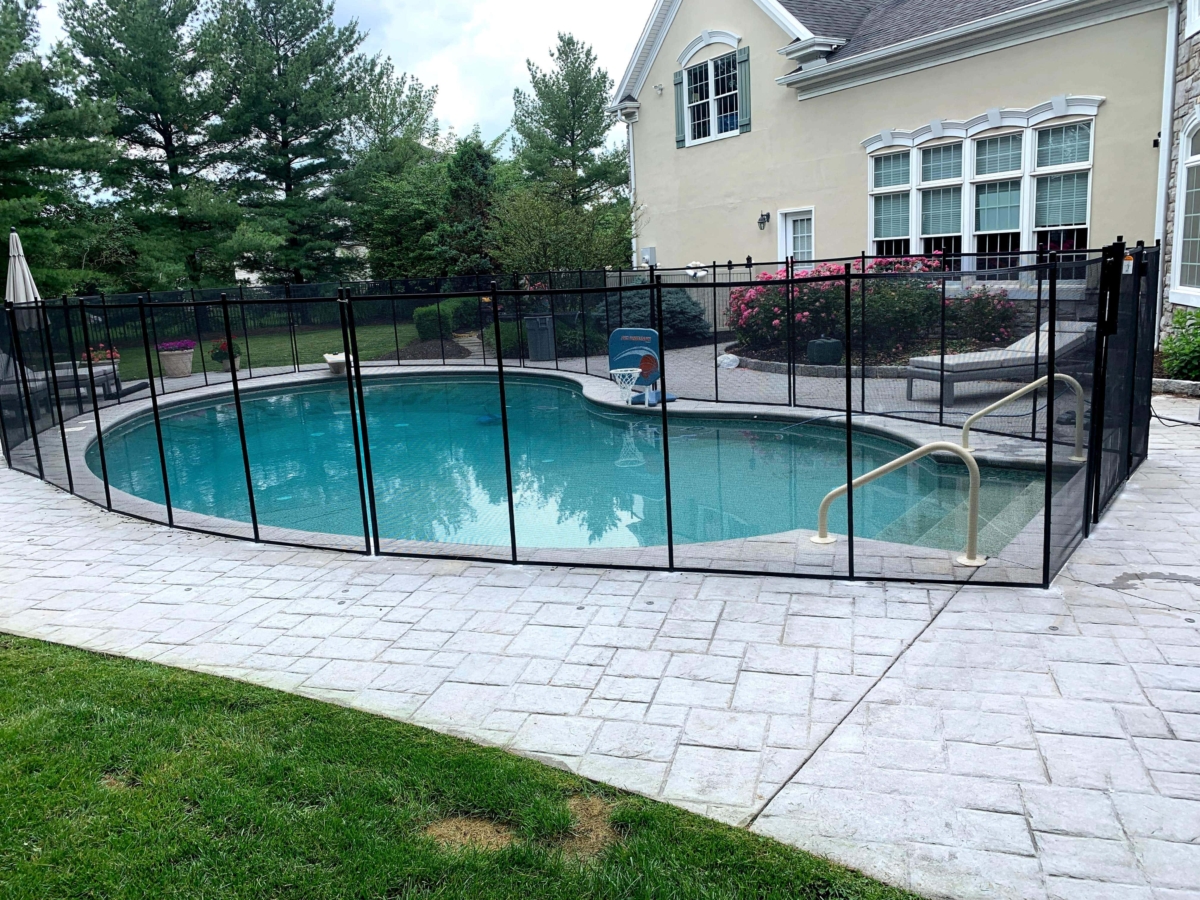
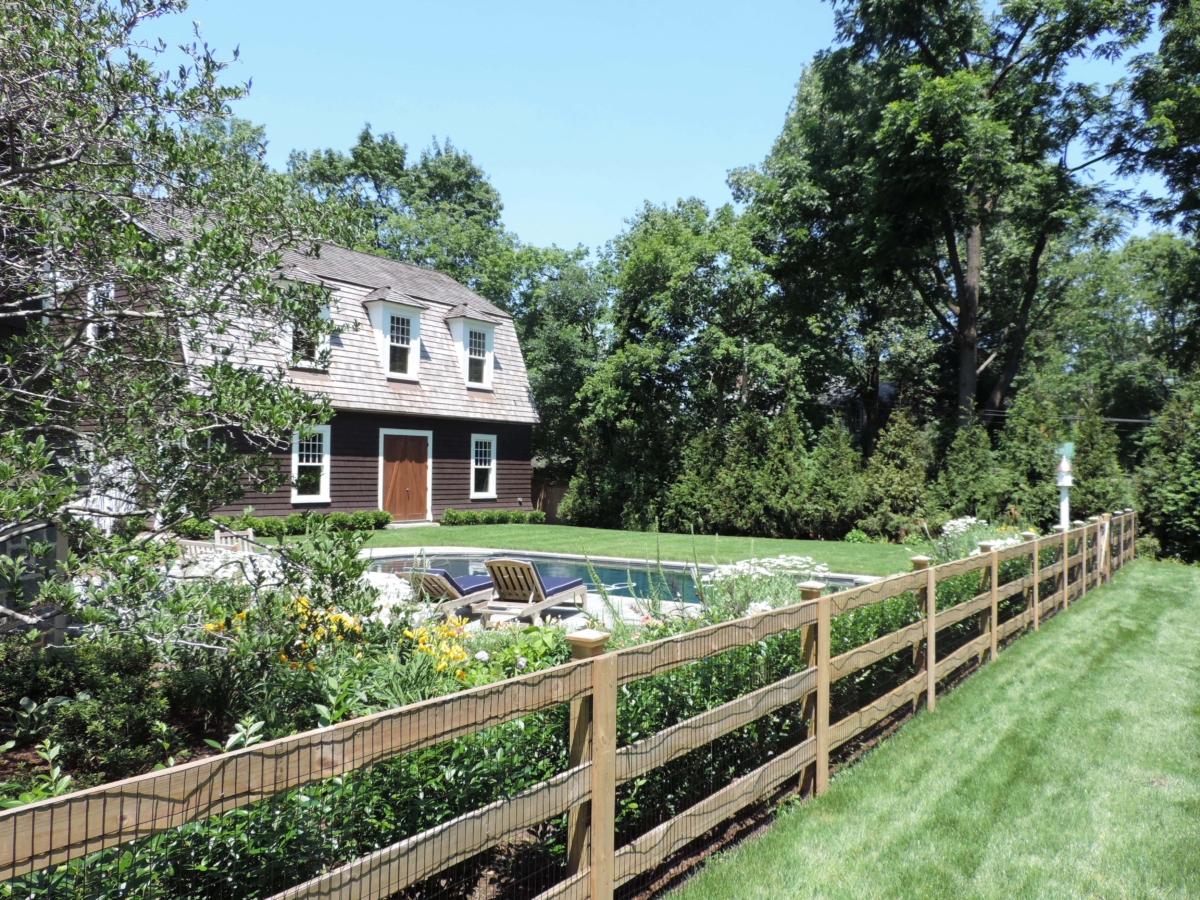
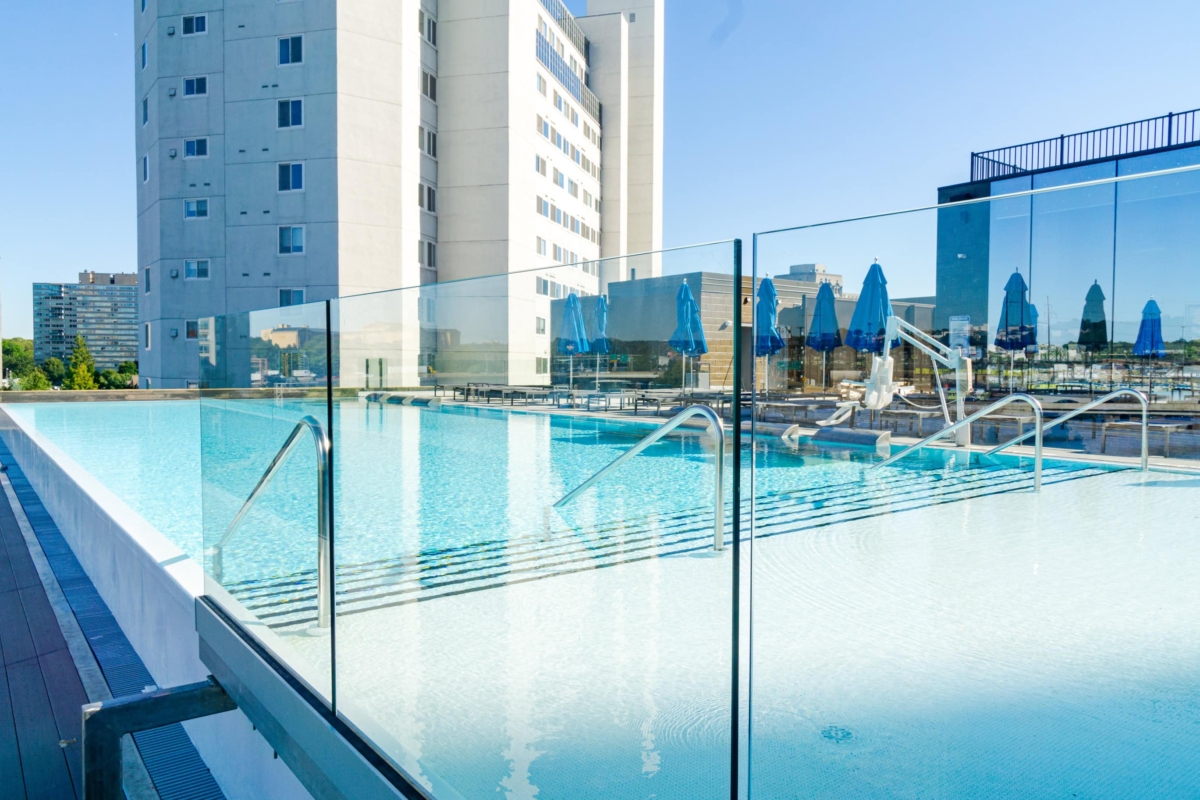
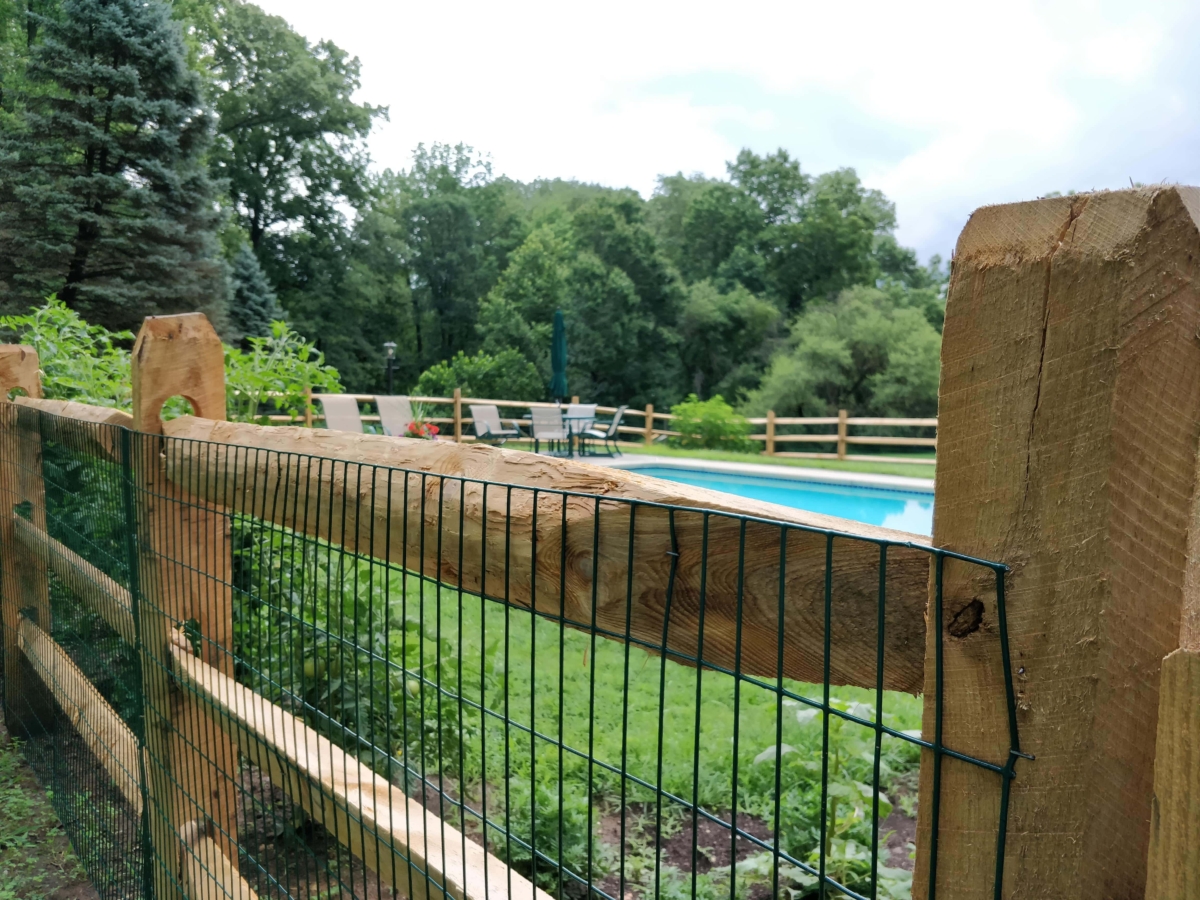



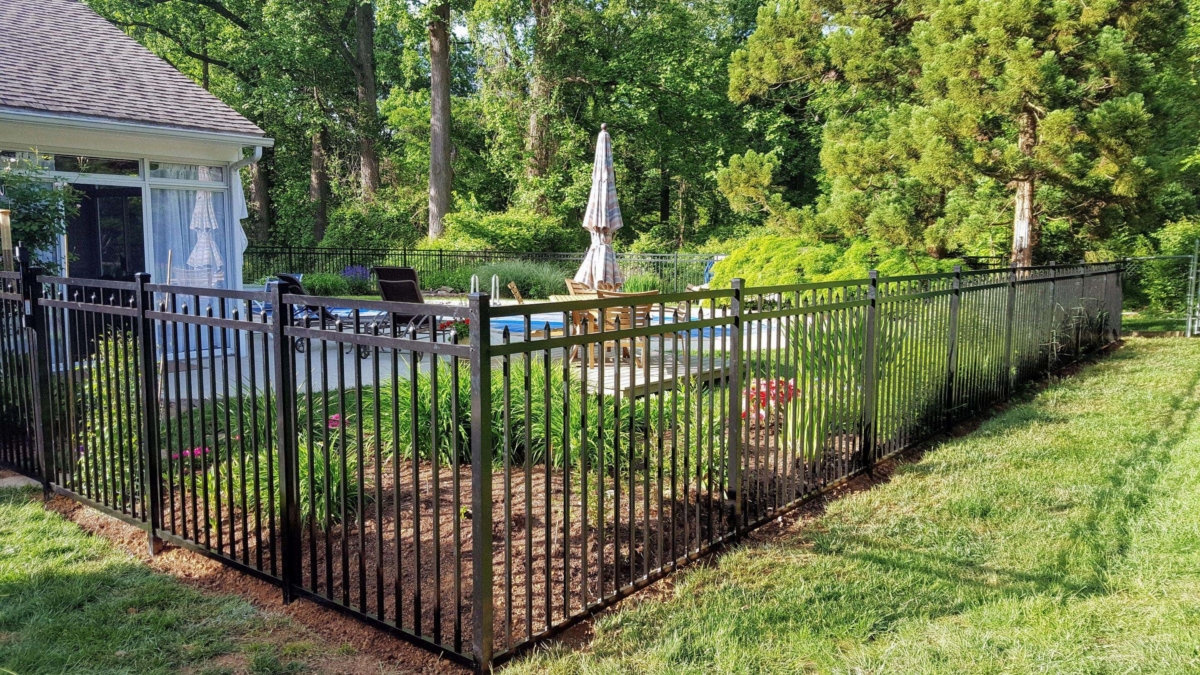
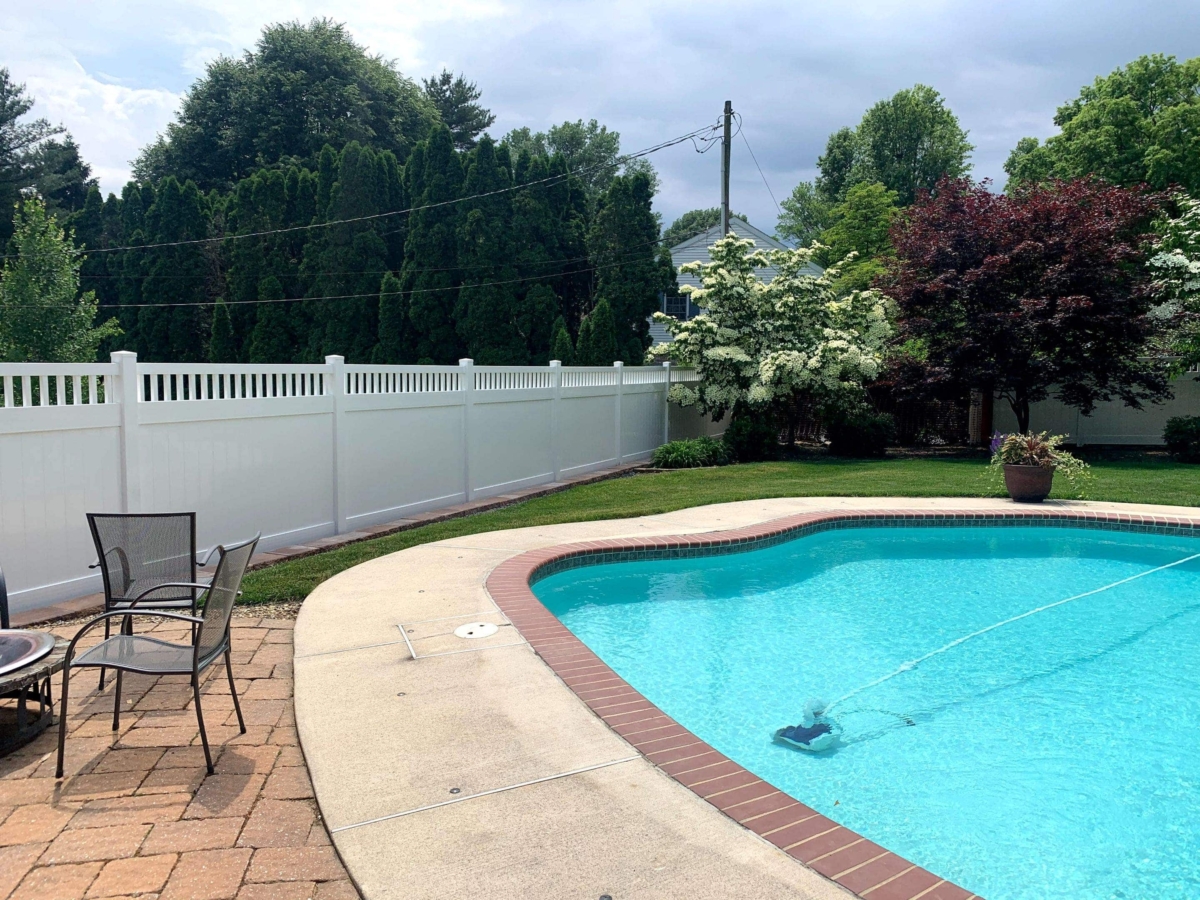
Contact us today to start designing a pool barrier that enhances your outdoor living space.
*Important: The information presented in this article is for informational purposes only and does not constitute legal or professional advice. Pool codes can vary significantly by jurisdiction. It is your responsibility to verify and adhere to all applicable local, state, and federal regulations and codes regarding pool safety and fencing.
